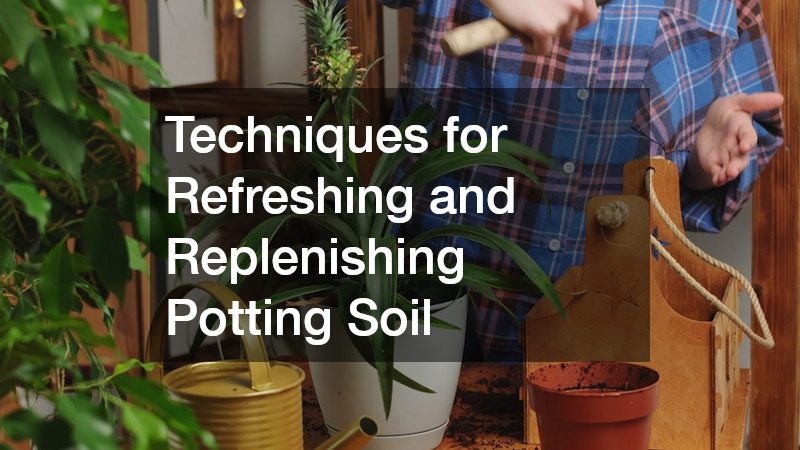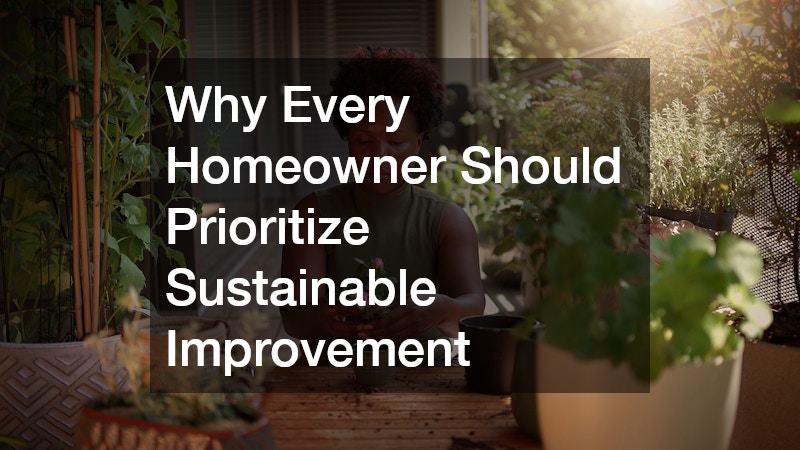Understanding the importance of using the right houseplant potting mixture can make a significant difference in their health and growth. In an indoor gardening environment, where conditions are often controlled, choosing the right potting mix can either enhance or inhibit plant development. In this article, we explore the reasons why the correct mixture is essential, addressing common queries and concerns that every indoor gardener may encounter.
The Best Potting Mix for Houseplants
Components of an Ideal Potting Mix
An ideal potting mix is composed of several key components, each contributing to the overall health and growth of the plant. Peat is often used for its lightweight nature and ability to retain moisture without becoming waterlogged. Meanwhile, perlite and vermiculite are included to improve aeration and drainage, ensuring the roots have access to both oxygen and nutrients.
These components work together to create a balanced environment, catering to the varying needs of different houseplants. Peat, specifically, increases the nutrient holding capacity of the mix, providing a continuous supply of nutrients. In combination with perlite, it helps maintain a light and airy texture, essential for the healthy growth of root systems.
The inclusion of vermiculite is especially beneficial for plants that require consistent moisture levels, as it helps retain water. This adsorptive quality is crucial for maintaining stable hydration within the potting medium. Developing an understanding of these individual components allows gardeners to customize potting mixes to suit specific plant needs more effectively.
Benefits of Using a Customized Mix
Using a customized potting mix tailors the environment to meet the specific needs and preferences of each plant species. Certain plants require quicker drainage, making a blend with added perlite or sand ideal for their growth. On the other hand, moisture-loving plants might thrive better in a peat-heavy mix to ensure consistent hydration levels.
Furthermore, customizing your potting mixture means you can also add organic fertilizers or amendments based on nutrient requirements. For example, plants that demand high levels of specific minerals can benefit from additions of compost or slow-release fertilizers. This ensures that the nutrients are released gradually, supporting sustained plant growth over time.
How Potting Mix Affects Plant Health
Impact on Root Development
The right potting mixture plays a crucial role in supporting robust root development, which is fundamental for overall plant health. A well-aerated mix provides roots with access to oxygen, preventing suffocation and decay. Healthy, well-formed roots enable efficient nutrient uptake, directly influencing the plant’s vigor and vitality.
Without proper aeration, roots may struggle to penetrate the soil, leading to stunted growth. A mix too dense or deficient in air-space can result in suffocating roots, leading to root death and plant decline. Incorporating perlite and vermiculite in your mix enhances root expansion by increasing oxygen availability within the soil structure.
Moreover, a balanced potting mix minimizes transplant shock, helping plants adapt when transferred to new pots or conditions. Stability in the growing medium supports the ongoing development of a resilient root system. Over time, this careful consideration of potting mix pH and composition nurtures a plant’s foundation, fostering an environment where roots can thrive and ensure optimal plant health.
Influence on Water Retention and Drainage
The potting mixture significantly influences the water retention and drainage capabilities within a plant’s environment. Waterlogged conditions can lead to root rot, one of the most common and detrimental plant ailments. By selecting a well-draining mix with components like perlite, gardeners can prevent excessive water accumulation.
Conversely, mixes containing peat or vermiculite enhance water retention, ensuring plants have access to moisture between watering sessions. These components act like sponges, holding moisture while providing drainage, creating a balance that protects roots from drying out or drowning. This balance is essential in maintaining consistent moisture levels, which is paramount for healthy plant growth.
Reusing Potting Mix for Different Plants
Risks and Considerations of Reusing Potting Soil
Reusing potting soil presents certain risks that may compromise plant health if not properly addressed. Over time, potting mix can become compacted and depleted of essential nutrients, rendering it less effective for new plantings. Additionally, it may harbor pathogens, fungal spores, or insect pests that can harm new plants introduced to the recycled medium.
The depletion of nutrients in reused soil can result in nutrient deficiencies, stunting plant growth and vitality. This old potting soil may also exhibit changes in pH levels, which can be unsuitable for different plant types. Routine observation for unusual growth patterns or signs of nutrient stress is crucial when considering the reuse of soil.
Techniques for Refreshing and Replenishing Potting Soil
To make reused potting soil viable for new plantings, it’s essential to refresh and replenish its lost attributes and balance. Rejuvenating old soil can involve mixing it with fresh components such as compost, which replenishes vital nutrients and reintroduces beneficial microorganisms. These additions can balance fertility levels and improve soil structure, enhancing its ability to support healthy plant growth.
Amending the old potting mix with fresh peat or coir can help restore lost water retention properties. Additionally, blending in materials like perlite or sand optimizes drainage and aeration, which may have diminished with prior use. These enhancements cultivate a richer, more supportive environment for plant roots.
Choosing the right potting mixture is a crucial step in ensuring the health and vitality of houseplants. By understanding its components, effects on plant health, and reusability, gardeners can cultivate plants that thrive and contribute beautifully to their indoor environments. A well-selected and maintained potting mix fulfills the essential requirements of specific plant species, leading to successful and satisfying indoor gardening experiences.



